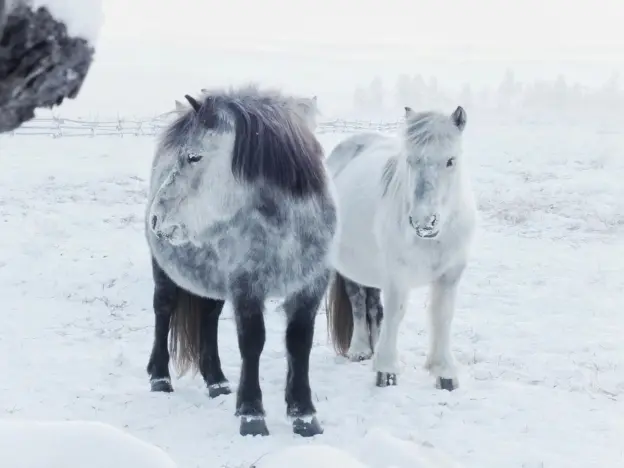Intro
The Hucul is a regional type and strains are bred in several countries. Huzule is the Austrian type.
Read more
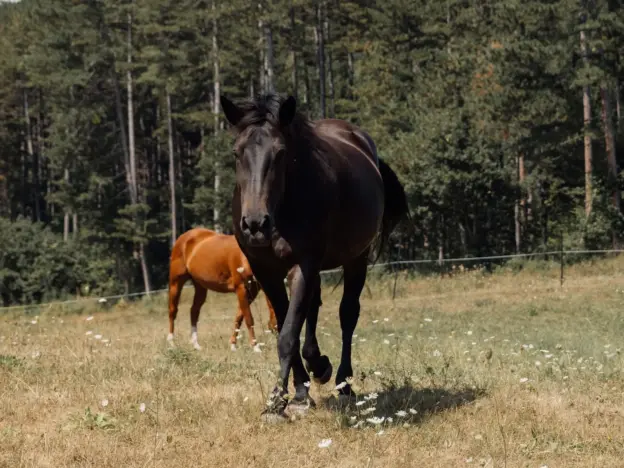
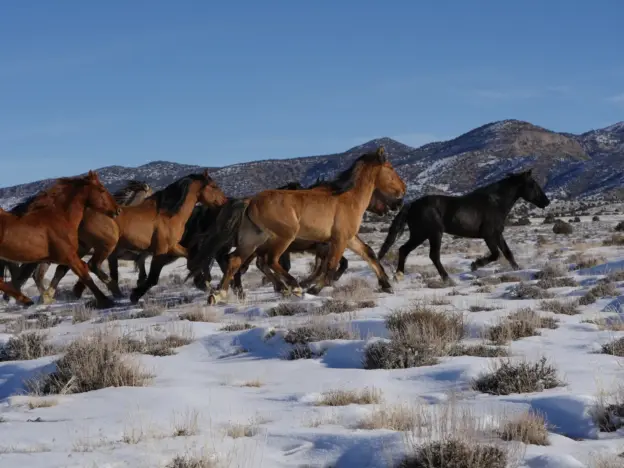
Not an official breed, the Spanish Sulphur, Zebra Horse of Utah or Sulphur Springs Mustang are a particularly pure strain of feral Spanish Colonial Horse found in Utah.
Read more
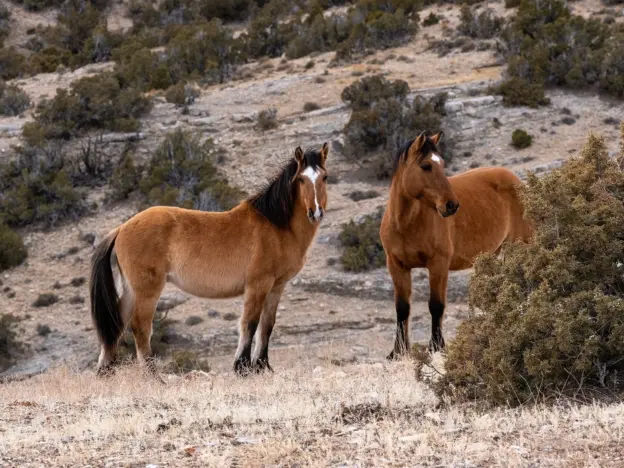
There are many different strains of American Mustang, all of them originally imported Colonial Iberian types. The Pryor Mountain herd is notable for being particularly pure genetically.
Read more
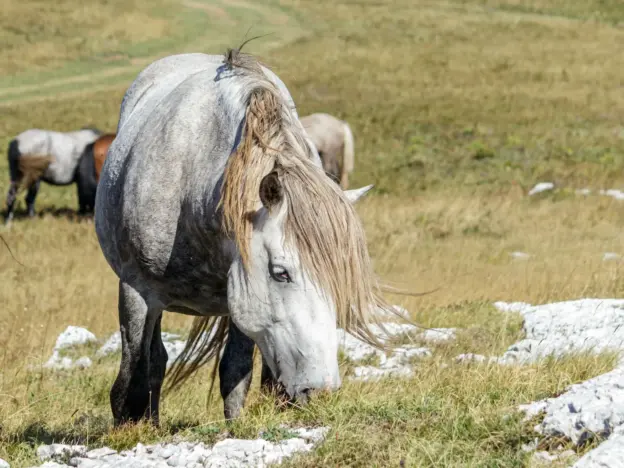
The feral horses of Livno come from farm animals released into the wild, today they are protected by law and part of the areas rich history.
Read more
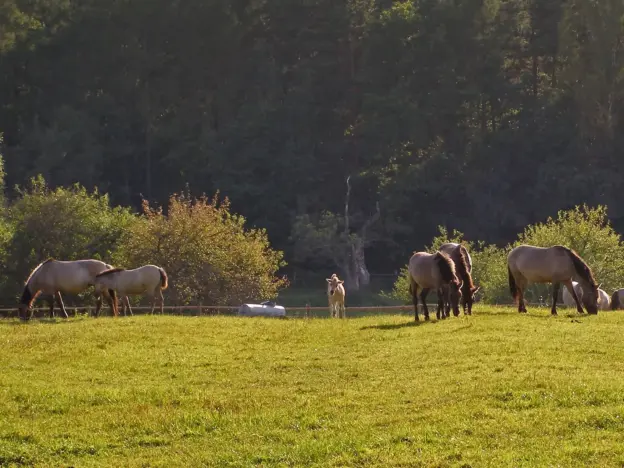
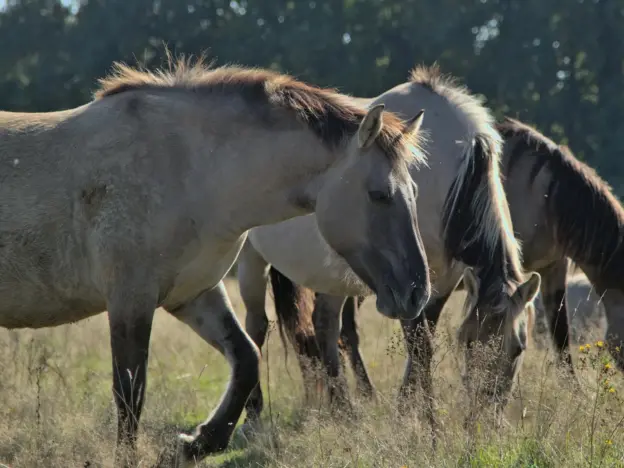
There have been several attempts to recreate the ancient (and actually wild) Tarpan, notably the Heck and Hegardt Horses.
Read more

The Bidet of Morvan or Bidet du Morvan is not an official breed. The term Bidet with regards to horses in France is a very old one, but today the term generally means country bred.
Read more
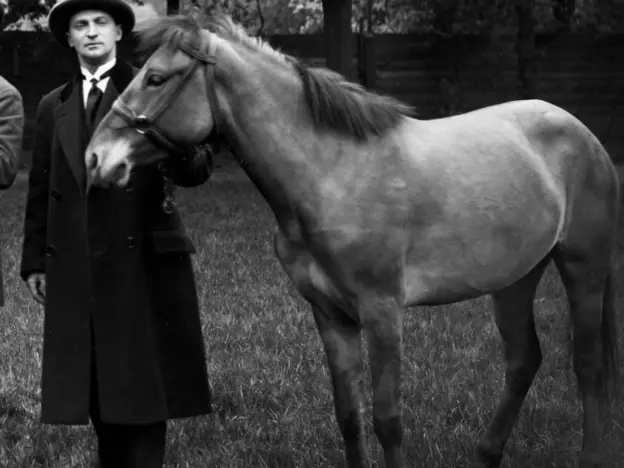
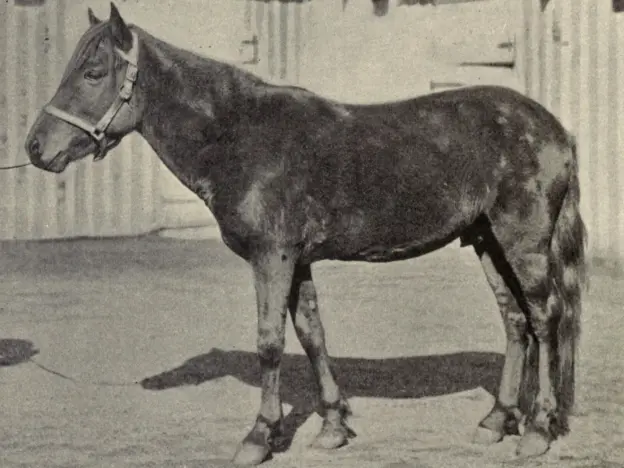
Also called Western Isles Pony, the Hebridean Pony is an extinct pony breed. An original variety of the Highland pony with older characteristics. There were several localized strains of this pony, the only surviving one being Eriskay Pony.
Read more
